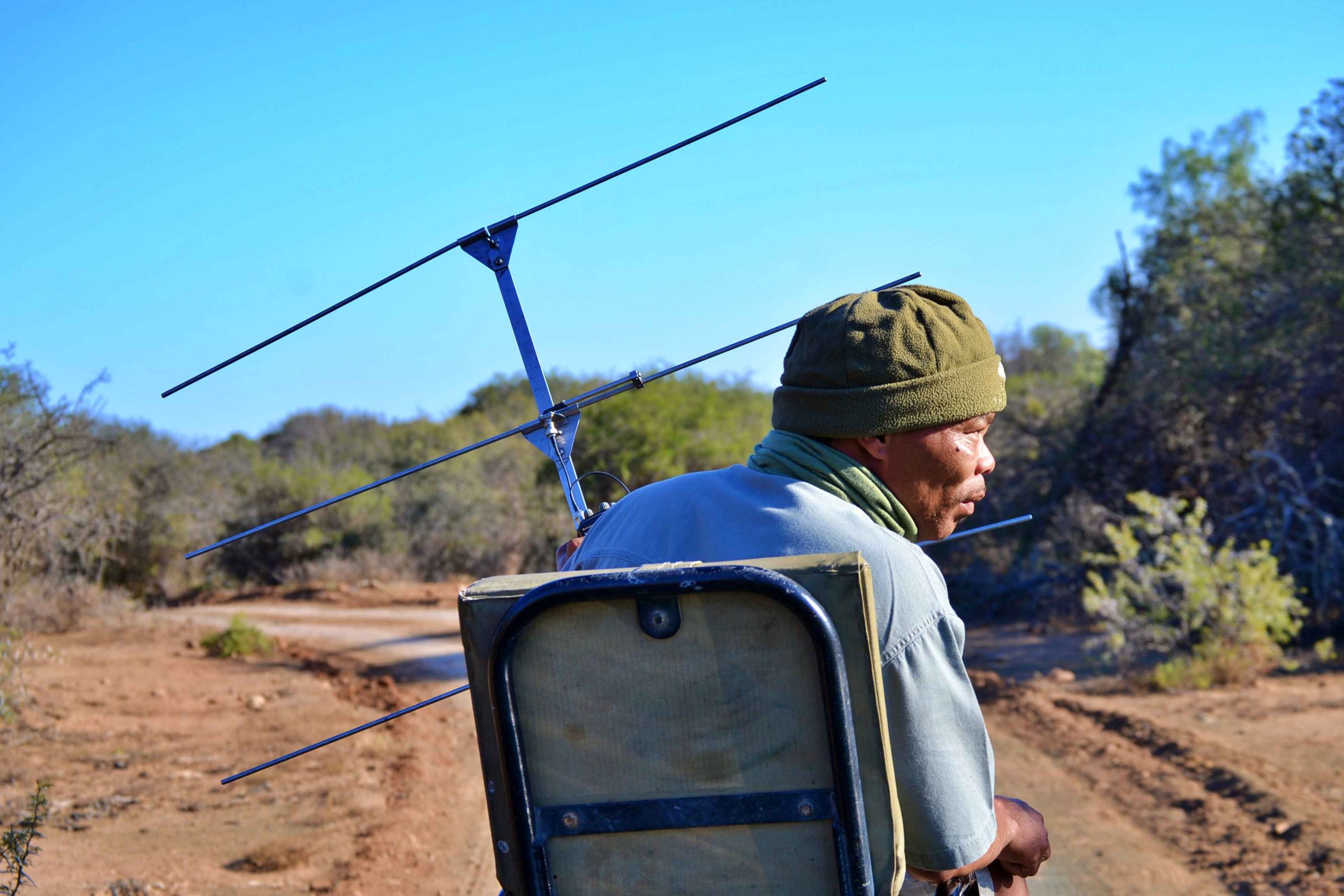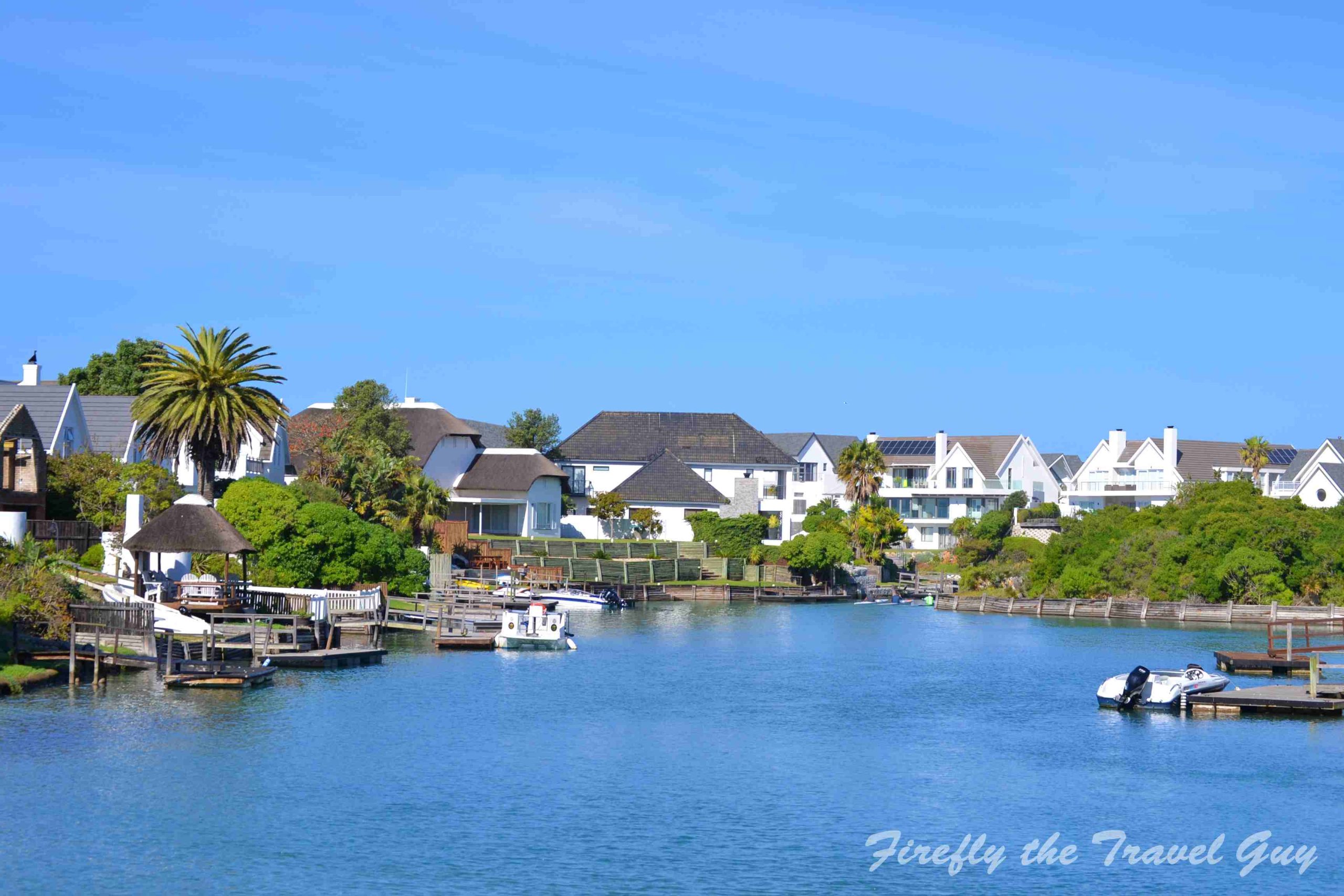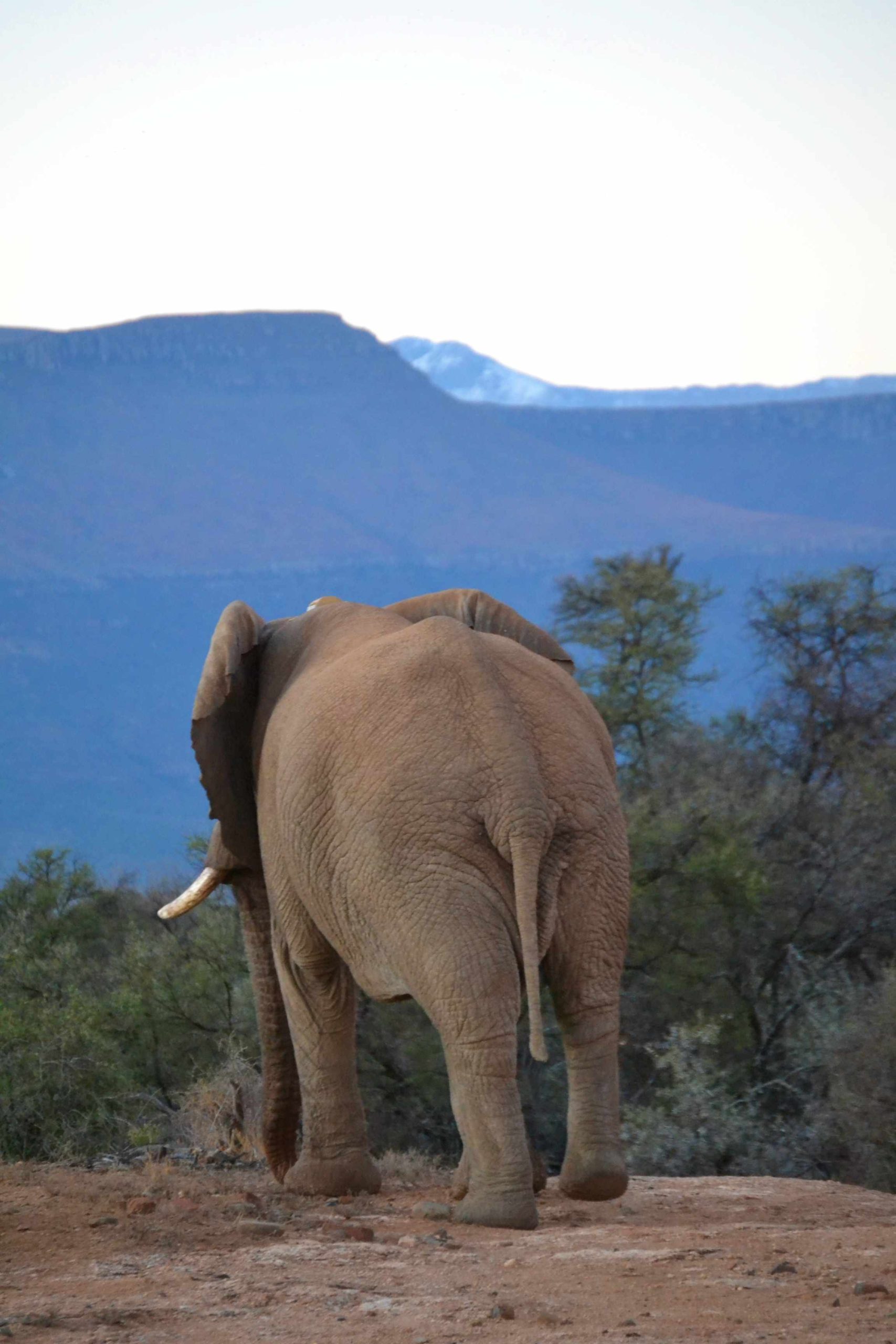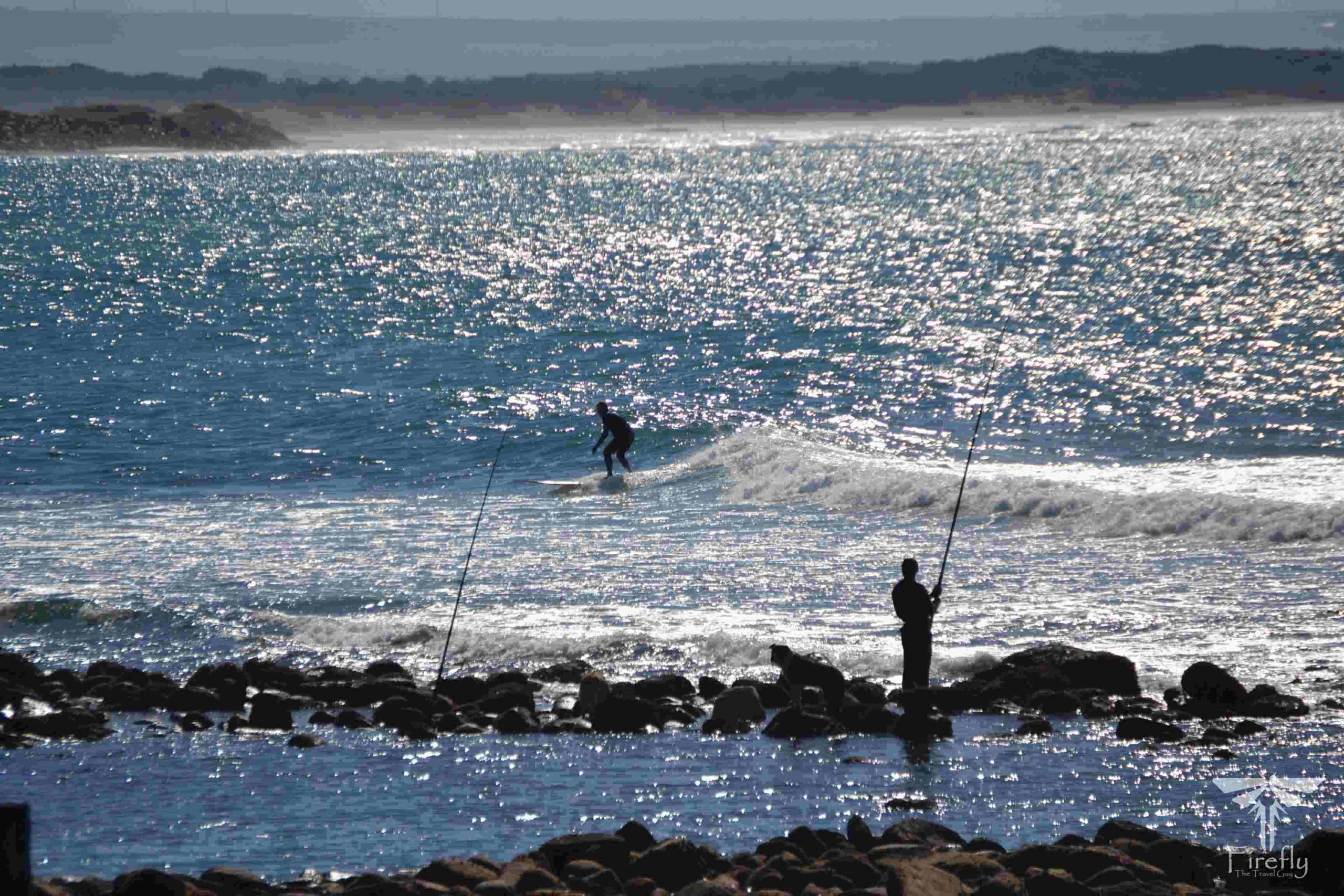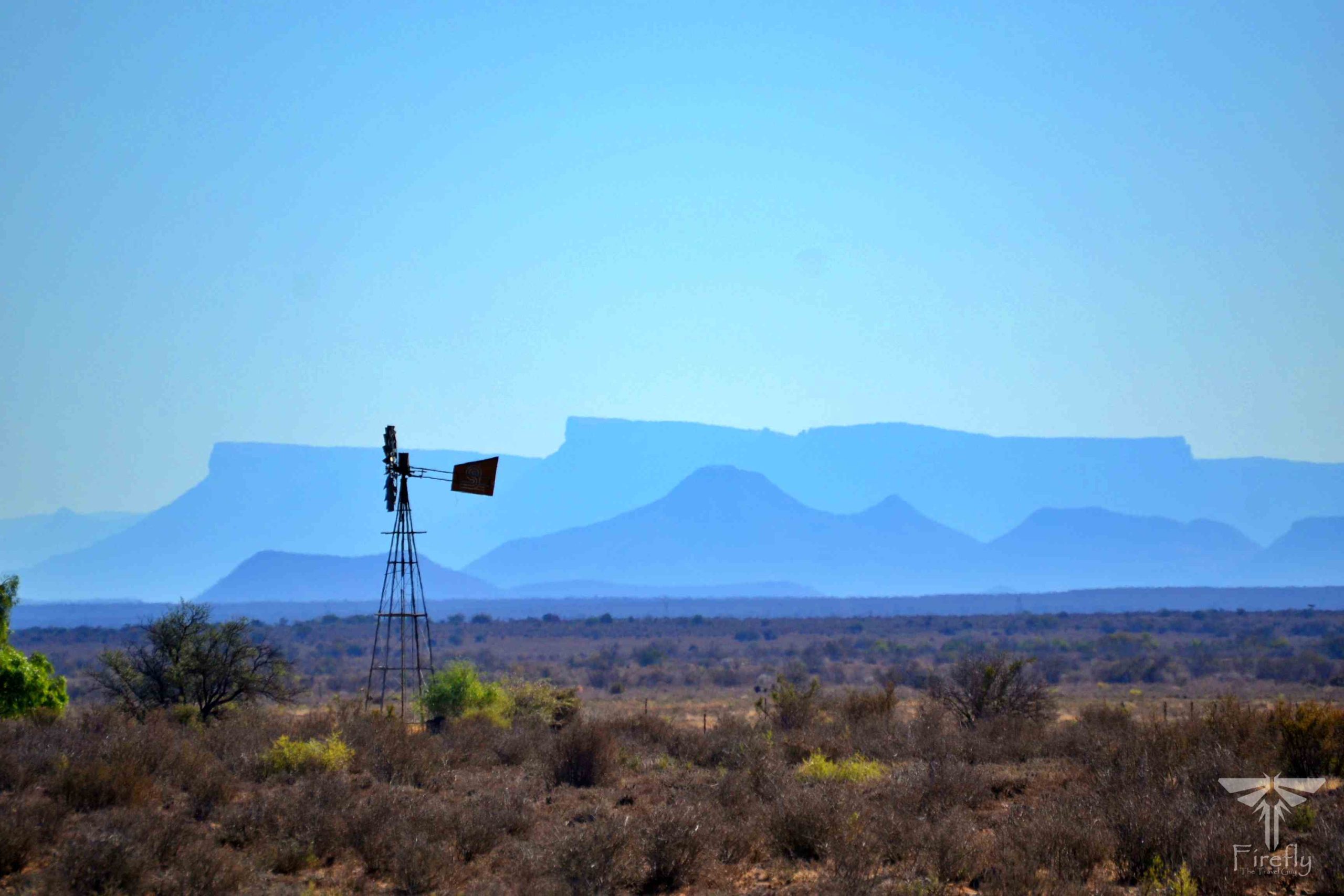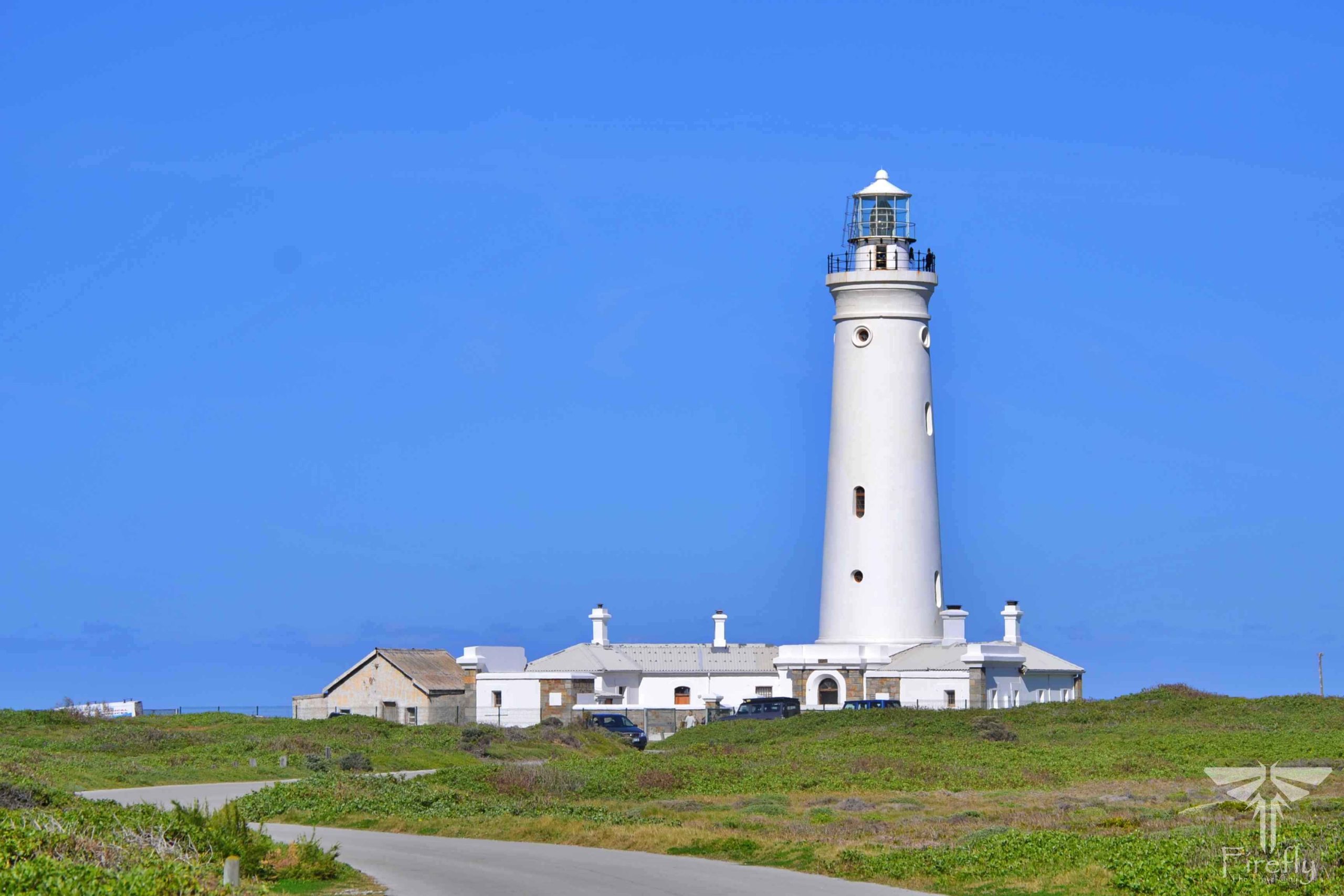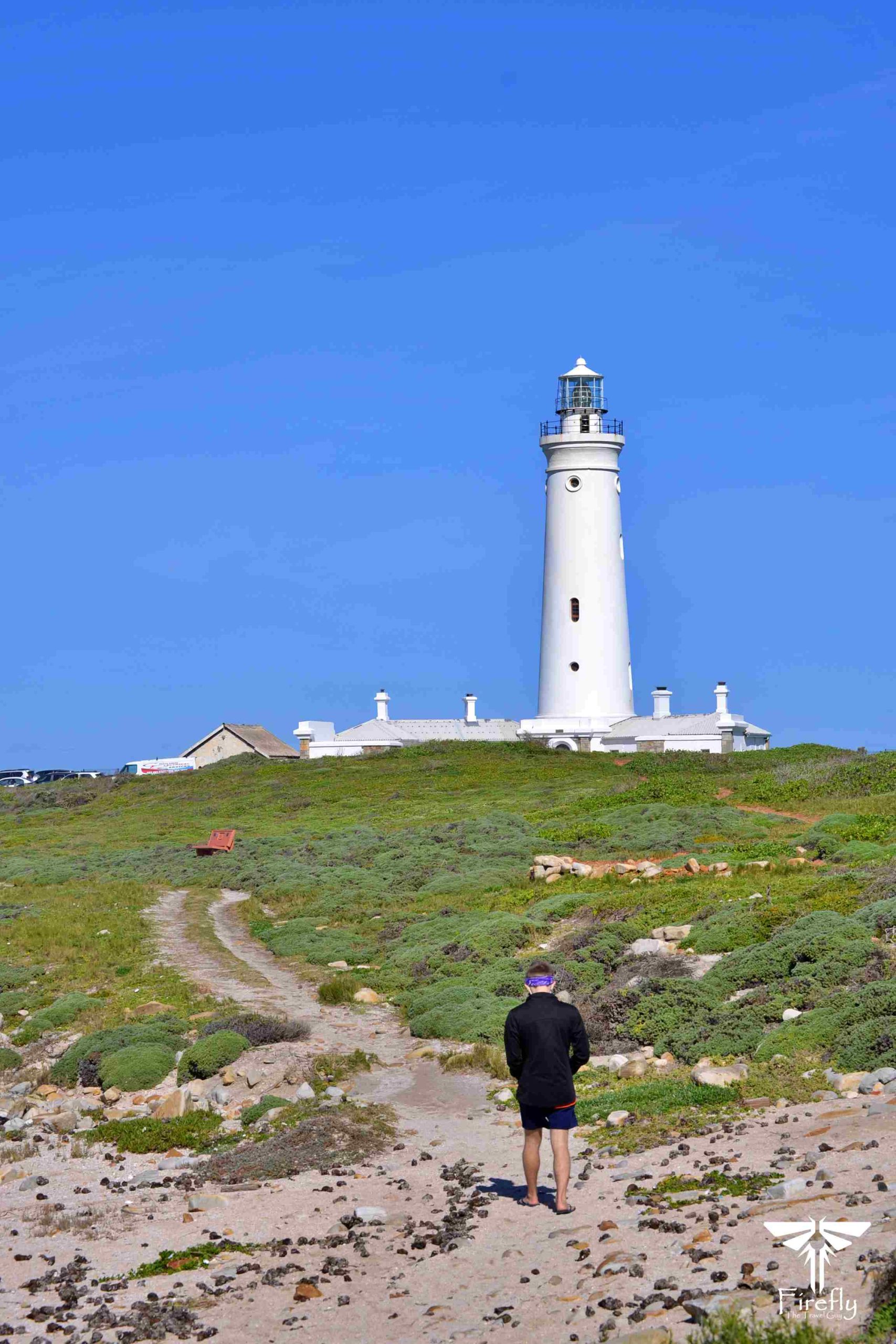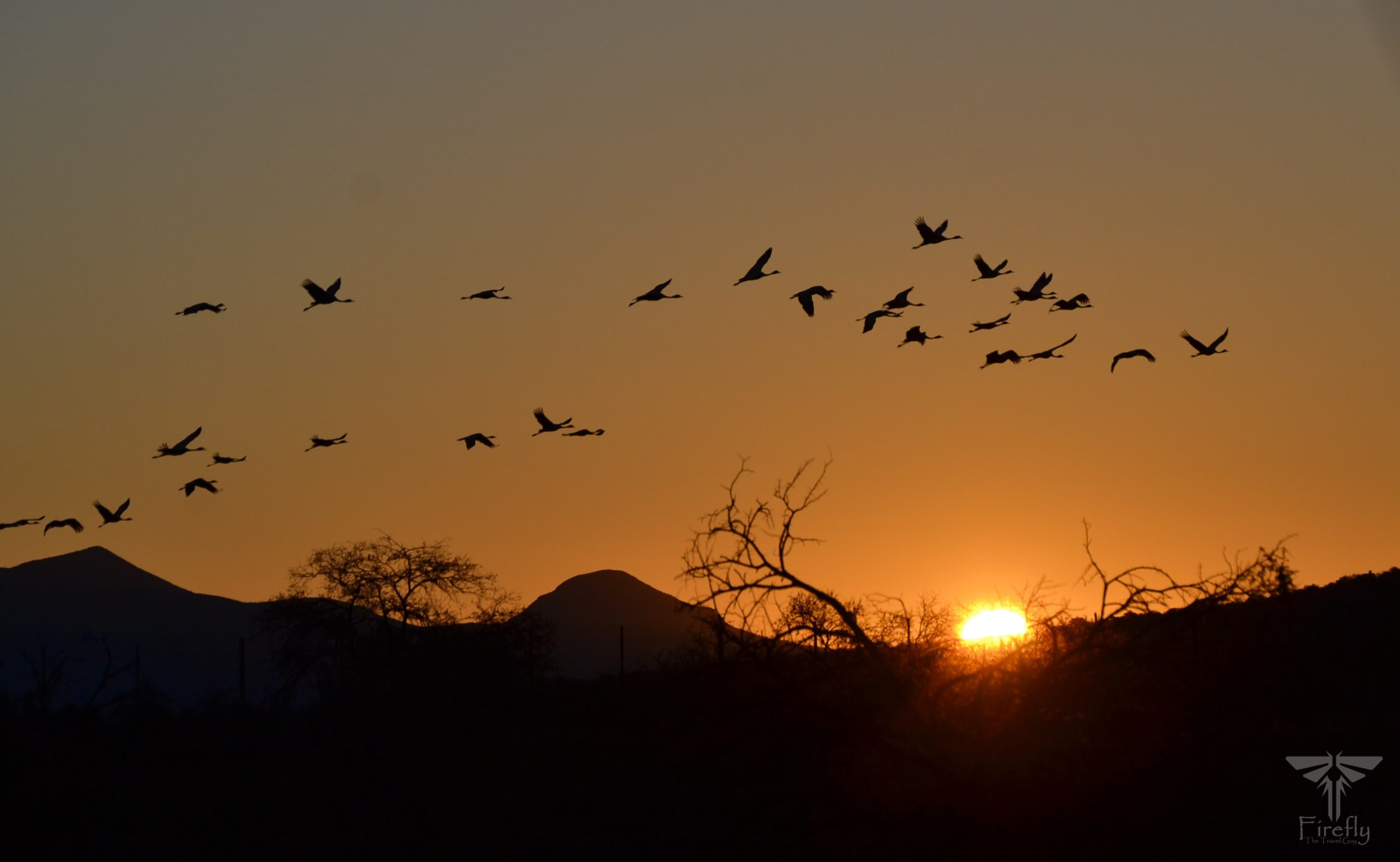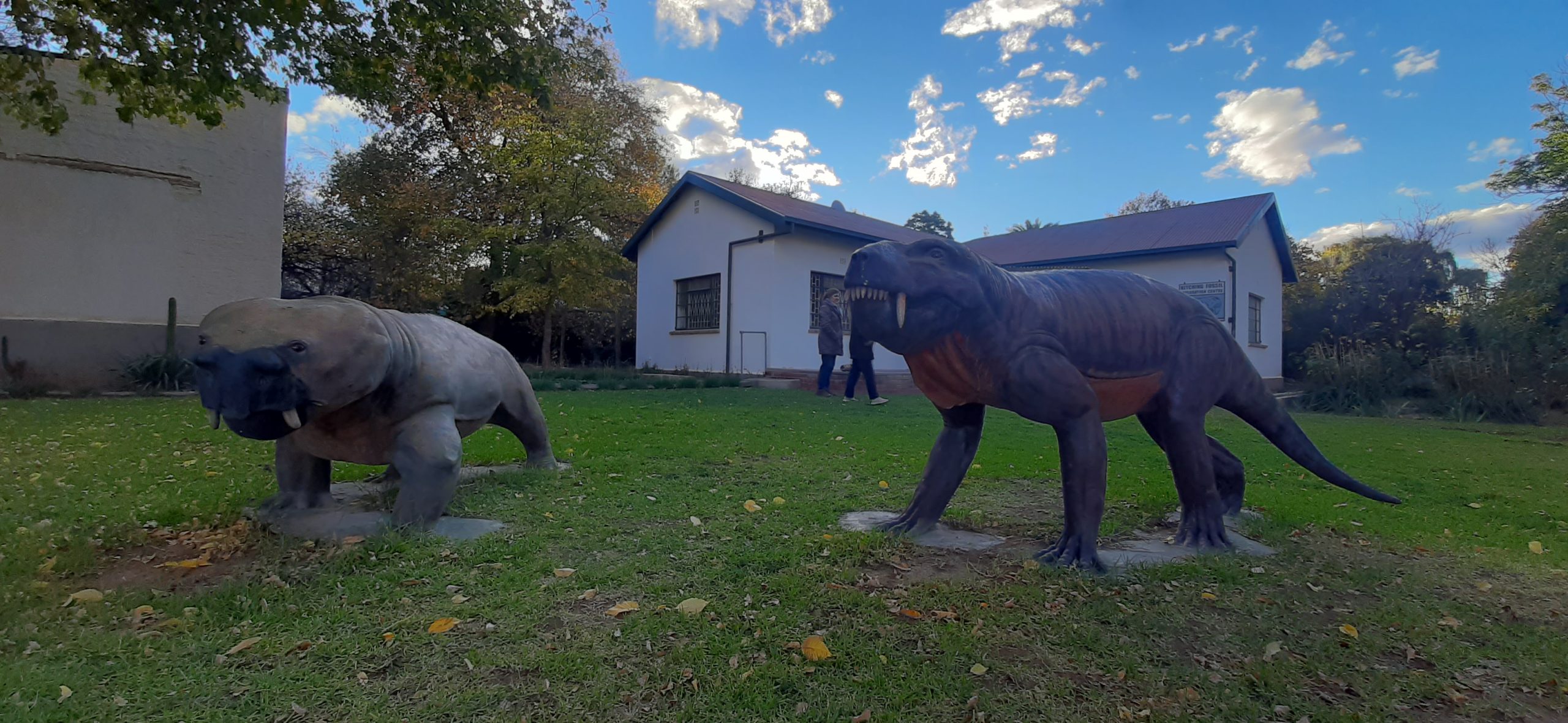Tracking and double tots at Samara
Rangers are like the cowboys of a game reserve with their game viewing vehicle as their steed, a cap rather than a cowboy hat and bino's at their side in the place of a revolver. But what about the dude sitting on the bonnet jump seat? Is he the Tonto to our Lone Ranger? Who is the guy with the thing in his hand that looks like a tv aerial? What is he supposed to do? Why does he get…

